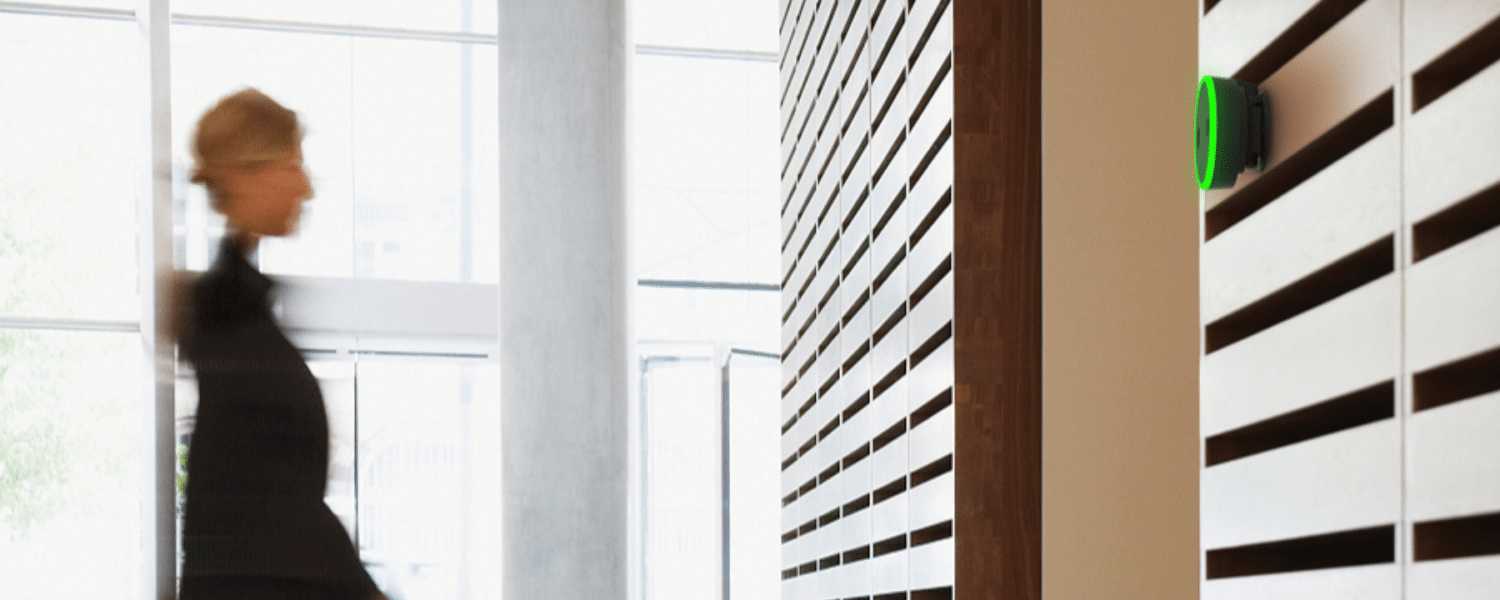By Rick Focke
Protecting students and staff inside and on school property has been at the forefront of the security industry, as the entire industry has worked diligently to implement new policies and additional security technologies to prevent mass shootings, stop vandalism and bullying, and detect students who are vaping on school property.
Overall, the goals of the past two decades have remained constant – and that is to keep students, educators, and also visitors safe anytime they enter a school building or property. To accomplish this, many schools have invested in multiple security systems and implemented schoolwide security measures to achieve these goals.
These measures have included a change in protocol to support better controls within a school’s front office, so that only permitted individuals may enter a school building after granted permission by a receptionist or school security officer, and an increasing use of surveillance cameras to help monitor busy hallways, parking lots and other common areas so that school personnel can quickly detect and respond to a problem.
As schools are now faced with an additional task – that is ensuring the health of its students and staff in a COVID-19 world – educators have now begun to implement additional security technologies or retrofit existing security solutions to support a touchless environment.
Intercoms Become Touchless
The main entrance to a school is the first line of defense for any security-related issue, especially to ensure that an unwanted visitor does not enter. Many schools rely upon a two-way communication intercom system to communicate with a visitor prior to allowing a person to come into the school lobby.
However, these systems now present a challenge, as they are only activated after a visitor presses a button to alert the reception of their presence so they can begin to communicate with that person.
Many schools have begun to retrofit these solutions to incorporate a sensor that can automatically detect when a person is present, thereby enabling the system to alert the receptionist.
In addition, the growth of video intercom systems has also proved useful, as these types of systems enable schools to visually verify the identity of an individual. A receptionist or school security officer can also use a video intercom system to confirm that a visitor is following the school’s safety protocols, such as wearing a mask or using a hand sanitizer station before entering the building.
Frictionless Access Control
One solution that can help minimize touchpoints without impeding the flow of people accessing a school building is frictionless access control. This system eliminates the need for an individual to physically present a badge when entering a facility and replaces that component by using facial recognition technology to verify the identity of individuals approved for entry.
A person simply has to walk through a predetermined area. The system then detects individual faces and checks the database to see if there is a match for a person in the system who is permitted to enter. When paired with automatic door entry technology, the need to touch anything to gain access, such as a keypad or door handle, is completely eliminated.
Contactless Credentials
In an effort to eliminate touchpoints, schools are also replacing keypad entry systems with touchless devices, such as contactless card readers, which offers a hands-free option. The credentials for these readers can easily be incorporated as part of any teacher’s or staff members identification badge.
A smart card is usually scanned at a reader at the door, which then sends a signal to the access control system to either permit entrance or deny it, based upon whether an individual has permission to access a building on the weekends, for example, or would deny entry if the card is no longer valid. A keypad, on the other hand, has to be touched by many different people, which increases the risk of spreading germs if the device is not wiped down after every use.
Mobile Credentials
Although these are more commonly found in corporate environments, mobile credential technology is another option for schools looking to replace both badge and keypad technology with a contactless solution. While most schools do not require students to use a credential to gain entry into a building, teachers and staff use this technology on a daily basis to enter the building.
With a mobile credential, instead of a person needing to carry a badge, or swipe a badge at a card reader, a person’s smartphone becomes the badge or credential. Using a mobile app, the smartphone communicates with the access control system much like an access control credential would.
However, a smartphone is less likely to be shared with another person, reducing problems associated with sharing a badge or a school having to replace a lost or misplaced identification card.
In addition to being touchless, this solution enables schools to be versatile. A school administrator can quickly change a person’s access permissions, such as for a short-term sub who has completed their teaching assignment, or for a sports coach who is not a teacher and only needs to access school property during a defined period of time. It can also be an economic option, as it eliminates the cost associated with purchasing badge credentials for each employee.
While surveillance has been the primary focus of school security efforts in recent years, touchless access control solutions are now becoming just as important. Administrators are looking to implement and adopt solutions that not only support a safe environment, but a healthy one as well.
These changes are likely here to stay, as educators plan ahead to ensure the touchless access control technologies they invest in today continue to provide value tomorrow.
Rick Focke is the Director of Product Management, Enterprise Access Control for Johnson Controls (JCI), www.johnsoncontrols.com. He is responsible for driving the Software House and Innometriks access control product roadmaps, with a focus on innovation and new technology to meet customers’ needs.






